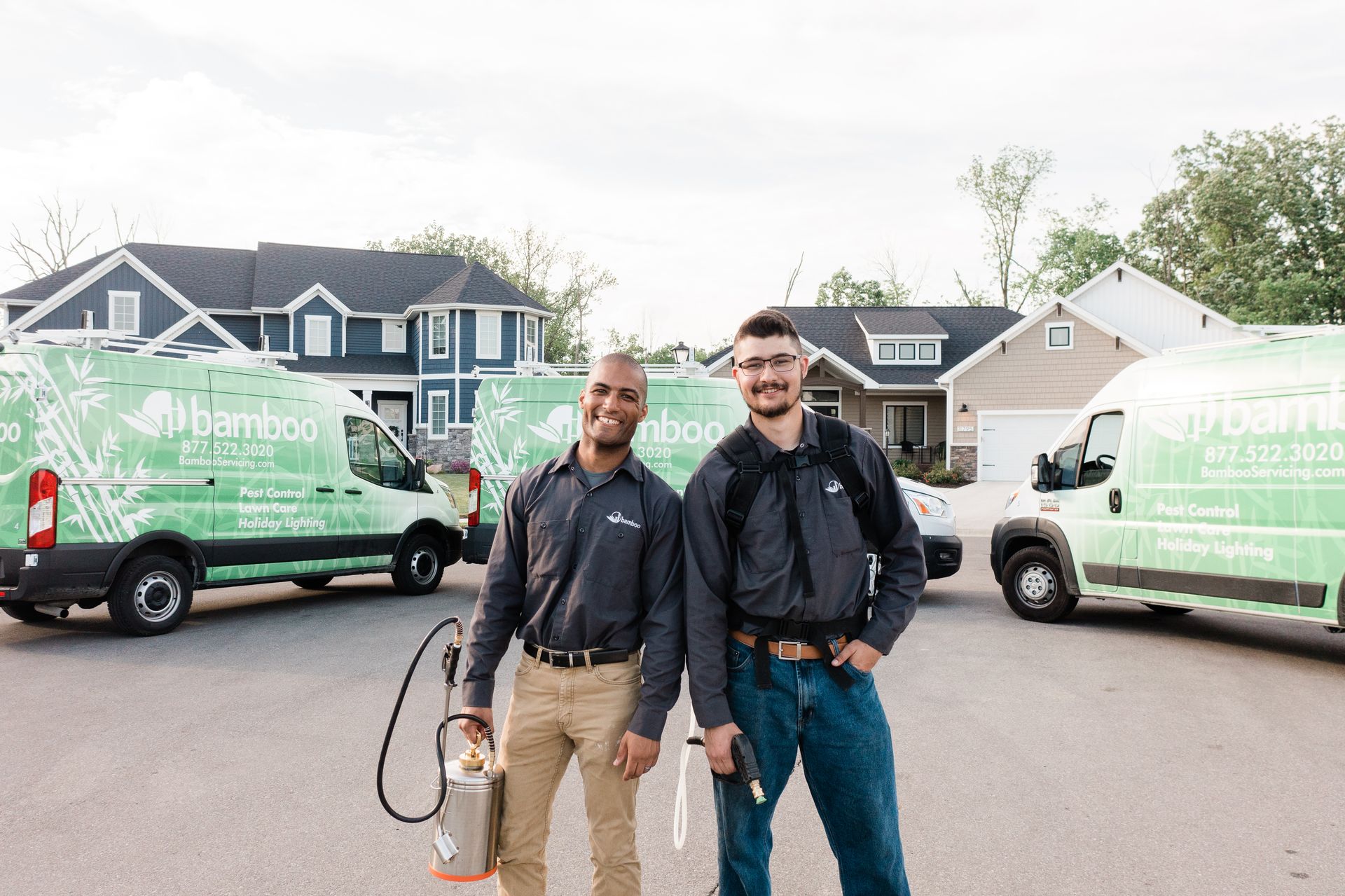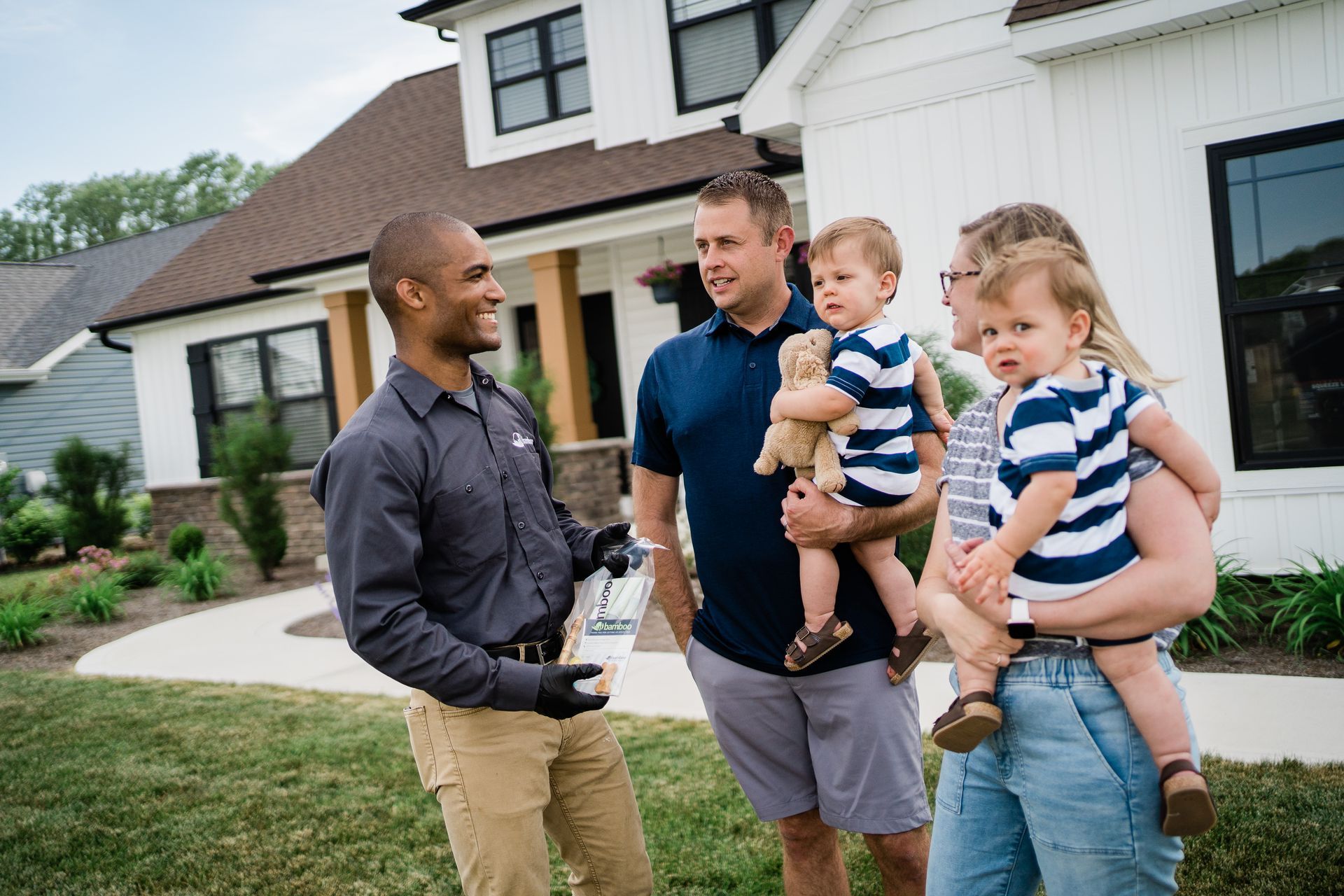How do you ventilate after pest control?
Ventilating after a pest control treatment
Ventilating your home after pest control is a crucial step to ensure safety and effectiveness of the treatment. Proper ventilation helps to dissipate any residual odors and chemicals, making the environment safer and more comfortable for residents. Here’s a comprehensive guide on how to properly ventilate your home following a pest control treatment.
Understanding the Importance of Ventilation
Post-pest control ventilation is essential because it helps clear out any airborne pesticides that were used during the treatment. These chemicals, while effective at eliminating pests, can be harmful if inhaled in large quantities or over a prolonged period. Ventilation ensures that these residues are expelled from the indoor environment, reducing potential health risks associated with chemical exposure.
Immediate Steps for Ventilation
The first step in ventilating your home starts with opening all windows and doors to create a cross breeze that will carry out the indoor air and bring in fresh air. This is particularly important in rooms where the treatment was applied. If possible, set up fans strategically to help push out the treated air and pull in fresh air from outside.

Duration for Effective Ventilation
The duration of ventilation can vary depending on the intensity and type of pest control chemicals used. Generally, it’s advisable to keep your home well-ventilated for at least 30 minutes to an hour immediately following the treatment. For more potent treatments, or if the weather conditions do not allow for immediate ventilation, extending this period up to several hours or throughout the day can be beneficial.
Use of Air Purifiers
In addition to natural ventilation, using air purifiers can help remove any remaining particles of pesticides in the air. Air purifiers with HEPA filters are particularly effective at trapping tiny particles and can be a valuable tool in ensuring that your home’s air is clean post-treatment.
Additional Considerations for Ventilation
- Safety First: Ensure that children, pets, and anyone with respiratory issues are kept away from the treated areas until the ventilation process is complete and the air quality is deemed safe.
- Follow Professional Advice: Always adhere to the recommendations provided by your pest control service. They can provide specific guidance based on the chemicals used and the layout of your home.
- Check HVAC Systems: If your home has a central heating and cooling system, check with your pest control provider about the safety of running the system post-treatment. In some cases, changing the filters before turning the system back on can prevent the circulation of any trapped pesticide residues.
Monitoring After Ventilation
After ventilating your home, it’s important to monitor for any signs of pesticide odors or residues. If you notice persistent odors or any physical symptoms such as dizziness, headaches, or respiratory difficulties, additional ventilation and cleaning may be required. In some cases, consulting with your pest control service for further advice or follow-up treatment may be necessary.
By understanding the correct procedures for ventilating your home after a pest control treatment, you can ensure that your environment is not only free of pests but also safe and comfortable for its occupants. Proper ventilation plays a crucial role in the overall effectiveness of pest control efforts and in maintaining the health and safety of your home environment.
Want To Learn More? Contact Us
With Bamboo Pest Control of Kirkland, ensuring proper ventilation after pest control doesn't compromise your family's safety. Our professional pest control services use low-toxicity products and precise treatments, allowing you to enjoy a pest-free home safely.
Contact us today to learn more about our effective and environmentally friendly methods for ventilating your home post-pest control.
Our Additional Posts On Pest Control
For service call: (425) 230-6855
Copyright © 2024 - Bellevue Pest Control via Bamboo All Rights Reserved



